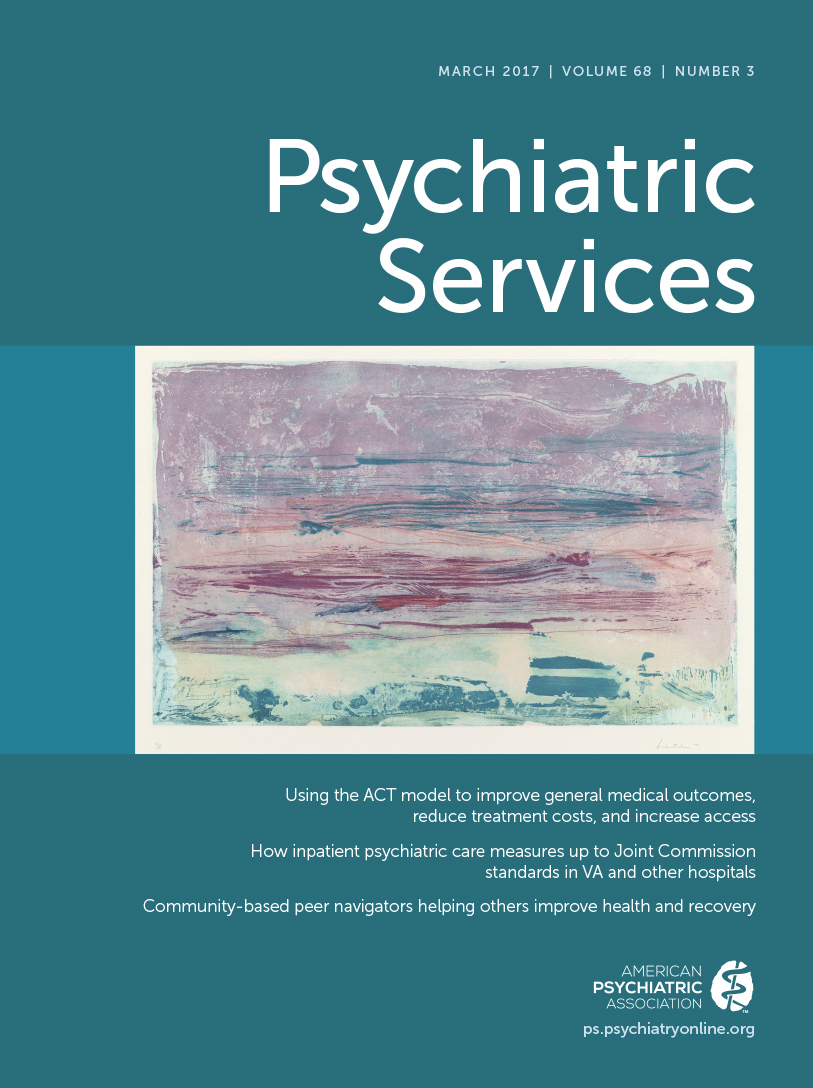Integrating Buprenorphine Into an Opioid Treatment Program: Tailoring Care for Patients With Opioid Use Disorders
Abstract
Objectives:
This report identifies the institutional barriers to, and benefits of, buprenorphine maintenance treatment (BMT) integration in an established hospital-based opioid treatment program (OTP).
Methods:
This case study presents the authors’ experiences at the clinic, hospital, and corporation levels during efforts to integrate BMT into a hospital-based OTP in New York City and a descriptive quantitative analysis of the characteristics of hospital outpatients treated with buprenorphine from 2006 to 2013 (N=735).
Results:
Integration of BMT into an OTP offered patients the flexibility to transition between intensive structured care and primary care or outpatient psychiatry according to need. Main barriers encountered were regulations, clinical logistics of dispensing medications, internal cost and reimbursement issues, and professional and cultural resistance.
Conclusions:
Buprenorphine integration offers a model for other OTPs to facilitate partnerships among primary care and mental health clinics to better serve diverse patients with varying clinical needs and with varying levels of social support.



